
Charo / Fosado

The mill is private property. Do not tresspass without permission.
Pictures: 21.xii.1998, 01.i.2011, 02.iii.2012, 22.viii.2017, 29.v.2023


The mill is private property. Do not tresspass without permission.
Pictures: 21.xii.1998, 01.i.2011, 02.iii.2012, 22.viii.2017, 29.v.2023
| The buildings | The stones | The water works |
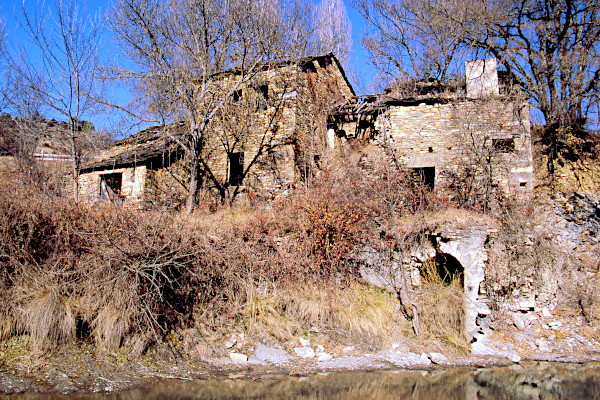
Between both main parts there is a a narrow and slightly lower section which connects both, and also contains an oven. There was also a space where pack animals could rest: its roof is just visible above the roof of the reception area on the left in (1).
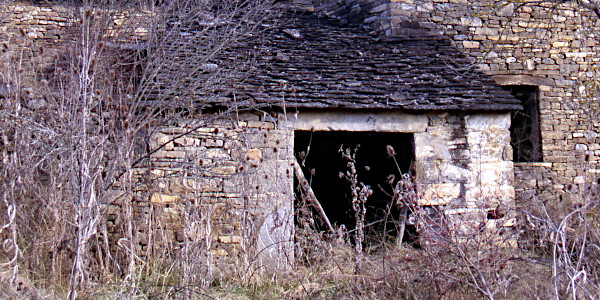
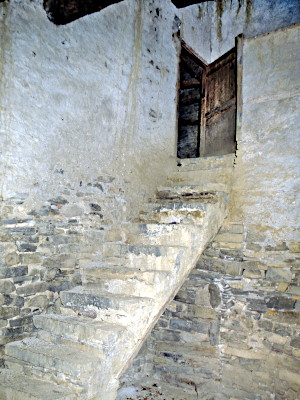
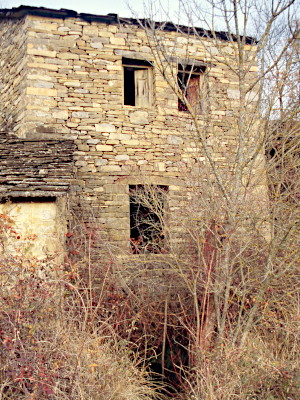
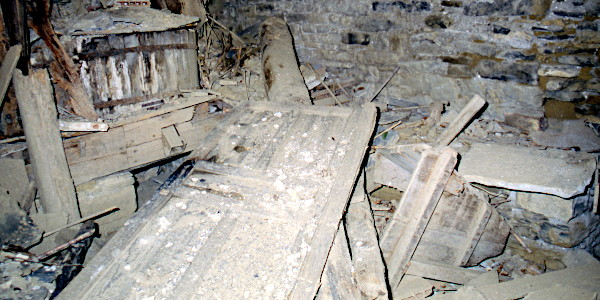
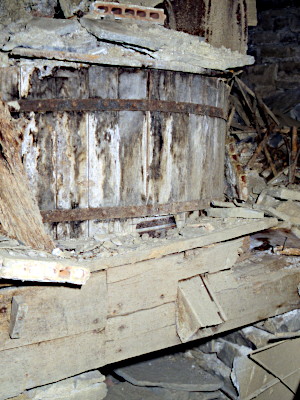
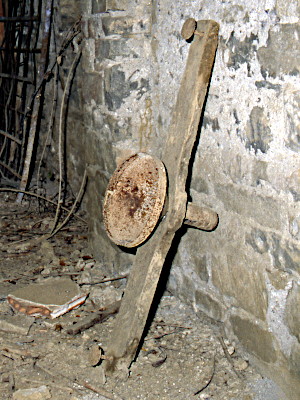
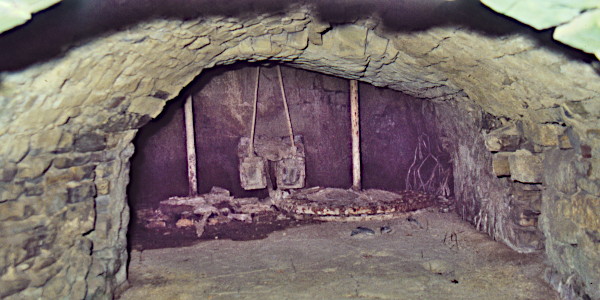
The outlet of the cárcavo is narrower (foreground in 8) than the section with the wheels, and also not centered, but moved to one side. Contrary to the rest of the construction, the cárcavo is still in good shape with a solid roof which is built from fine masonry close to the mouth.
The blades are each reinforced with a metal plate that is bolted to the wood (11).
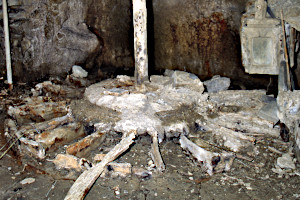
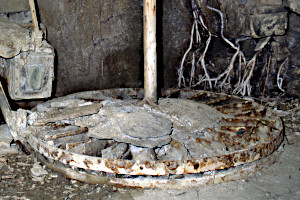
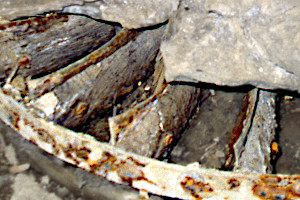
The generator room could also be reached directly from outside via the opening which is visible in (13) left above the mouth of the cárcavo which drains the turbine.
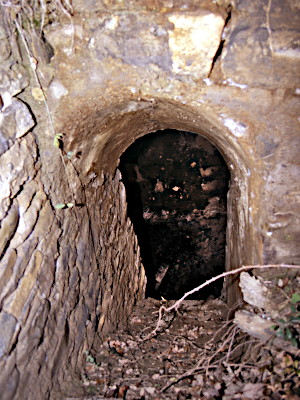
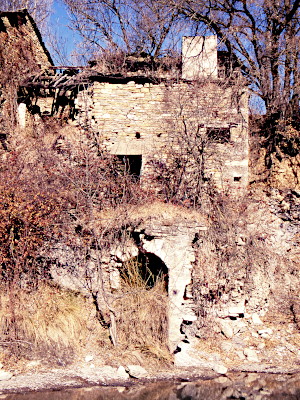
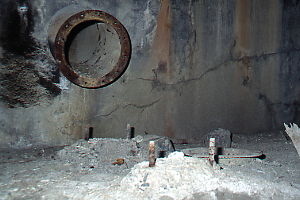
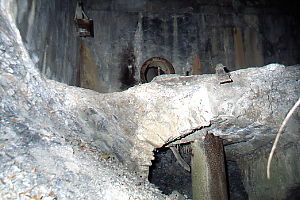
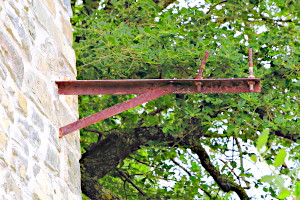
Maps of the (series MTN50, sheet 212) reveal a wide network covering much of the zone surrounding the mill.
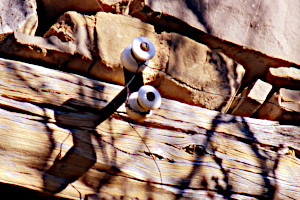
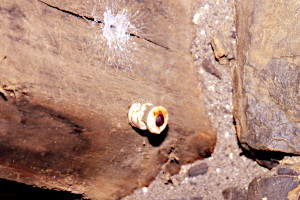
More about the history of this mill and its production of flour and electricity can be read in the extensive article written by (†).
| The buildings | The stones | The water works |